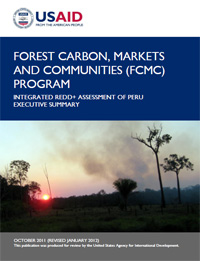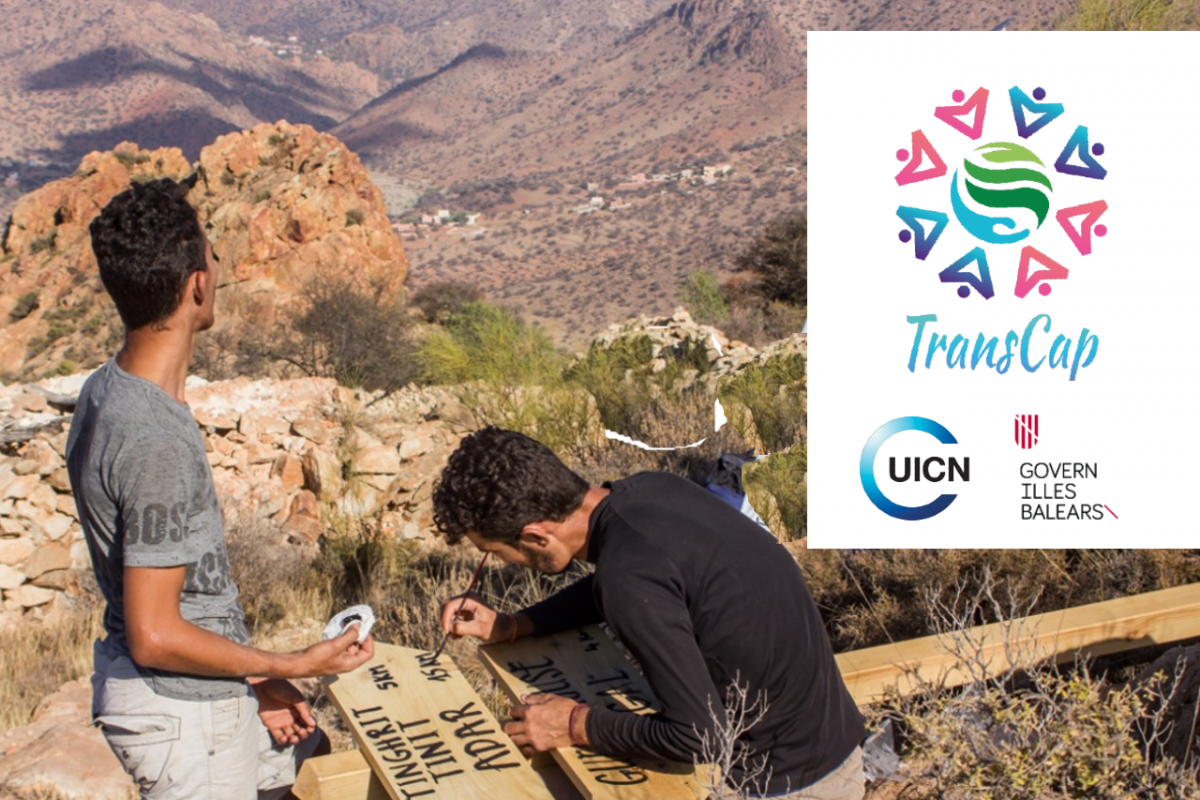Integrated REDD+ Assessment of Peru
The UN Framework Convention on Climate Change (UNFCCC) and various voluntary carbon offset mechanisms have catalyzed global interest in the use of forests to meet climate change mitigation objectives through REDD+.1 Though the rules for a REDD+ global mechanism are still under development, and the international market for carbon is plagued by uncertainty, governments, domestic and international nongovernmental organizations (NGOs) and private sector actors are engaged in policy preparation and pilot activities.

Photo: FCMC
Peru is on the cutting edge of REDD+ in comparison to most countries in the world. Peru’s 72 million-hectare forest estate has the potential to contribute to meeting international REDD+ objectives, as well as conserve biodiversity. In 2010, Peru accounted for one-third of global supply of forest carbon credits, and projects have been developed across a variety of Peruvian landscapes. Peru has also demonstrated leadership on nested REDD+, whereby individual project activities operate within a larger national or sub-national accounting framework.
The global process envisions a national three-phased approach of 1) national readiness, 2) demonstration and pilot activities, and 3) performance-based payments of verified activities. While pilot activities are underway and domestic and donor financing is flowing to support national readiness, there are numerous capacity and policy gaps that must be filled over the coming years.



